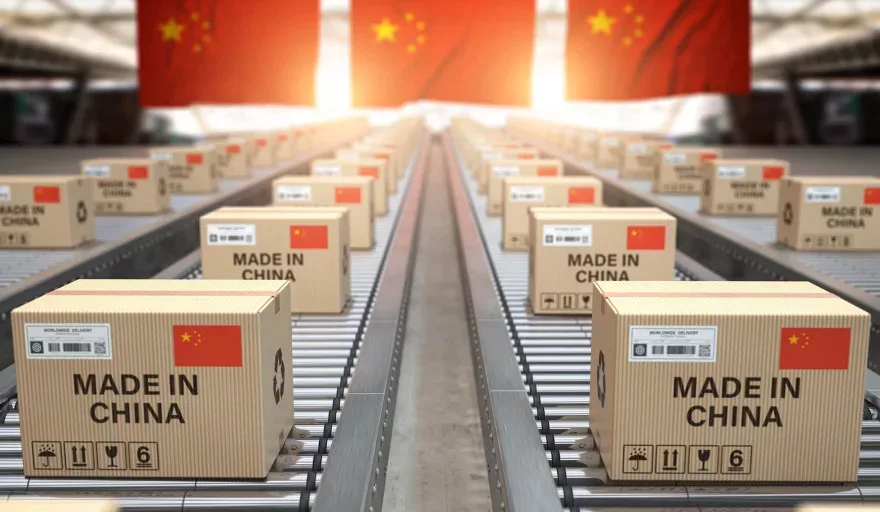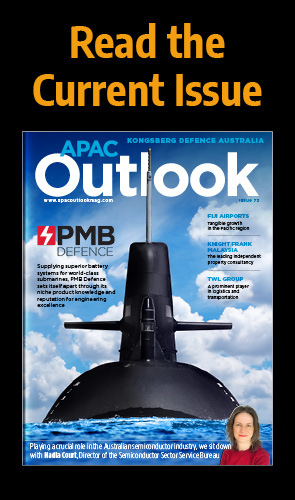We examine China: a country that has been dominated by manufacturing for the past four decades, and explore the current state of play within the world’s most populous country.
China sits as the largest of all Asian countries and maintains the highest population of any country across the world. The country is among the biggest by landmass in the entire globe and is only surpassed in area by Russia and Canada, while it is almost as large as the entirety of Europe.
China consists of 33 administrative units that are under the central government; these are made up of 22 provinces, five autonomous regions, four municipalities and two special administrative regions. Beijing is renowned as the capital of the People’s Republic, and is also the cultural, economic and communications centre of the country. Meanwhile, Shanghai is the main industrial city and Hong Kong resides as the leading commercial centre and port.
It is true that China is a unique country. Its topography means that it is both one of the highest and lowest places on earth, with its landscape varying from almost unreachable terrains to coastal lowlands. Indeed, China has the greatest contrast in temperature between its northern and southern borders of any country globally.
MANUFACTURING IN CHINA
When it comes to business, there are few industries that are as synonymous with a country than manufacturing and China.
For the past 40 years, China has been regarded as the world’s most important manufacturer and industrial producer, with these two sectors alone accounting for over 40 percent of China’s GDP. Back in 2001, China was labelled the world’s factory after its accessions to the World Trade Organisation. In the 20 years since, China has become a world leader in the manufacture of electronics, robotics, car parts, steel and chemicals.
However, over the past year, China’s position at the top of global manufacturing has come crashing down. As a result of a number of external issues, such as new challenges including high tariffs, COVID-19 and increased geopolitical tensions have meant a mass exodus from Chinese manufacturing and triggered the beginning of the downfall of the country’s manufacturing empire.
China was once seen as the perfect place to outsource manufacturing. There were cheap labour rates and proximal access to accelerating consumer populations within Southeast Asia, which made China one of the most lucrative business hubs across the globe. In 2011, it quickly overtook the United States as it became the world’s largest manufacturer having driven growth in the nation’s GDP by 40 percent. As digital transformation began to drive change, China reacted quickly to diversify and expand its manufacturing operations with entire cities such as Shenzhen developed with the sole purpose of allowing increased manufacturing of consumer electronics.
But, the speed and price of which China was able to produce goods began to slow as a result of the country’s exponential population growth. This was also added to because of environmental and wage regulations. Next, there was a global trade war with the United States which dealt another blow towards manufacturing in China. This saw not just decreased export volume to the US, but also to other countries facing pressure by North America to diversify away from Chinese manufacturing. While, finally, COVID-19 dealt manufacturing in China another deadly blow and put operations on the verge of shutdowns.
Now, US companies are moving their supply chains away from China in a bid to mitigate risk earlier in production cycles in order to better prepare for a next global pandemic. However, all is not lost for China’s manufacturing exploits. Its factory and retail sector activity rose high during the first two months of 2021, which beat expectations as the economy consolidated its recovery from the pandemic.
According to data released by the National Bureau of Statistics, it was revealed that China’s overall official manufacturing purchasing managers’ index rose to 51.9 in March 2021 from 50.6 in February 2021. Within the survey of sentiment among factory owners in the world’s second largest economy, it was discovered that the readings for high-tech manufacturing and equipment manufacturing were 53.9 and 52.9 respectively, around two and one percentage points higher than the overall manufacturing PMI.
SERVICES
China’s services industry is another major force in the country’s economic growth and is the basis for the next stage in the country’s development. China’s services sector consists of a number of industries, such as warehousing and transport services, information services, securities and other investment services, professional services, waste management, health care and social assistance, arts, entertainment and recreation.
Having accounted for 54 percent of GDP in 2019, it has grown at a considerably faster pace than the manufacturing space. While COVID-19 has obviously slowed the progress of China’s services sector because of the country’s lockdown, it has since recovered to a large degree of normality and is beginning to thrive again.
RETAIL AND E-COMMERCE
The coronavirus has impacted both what consumers buy and how e-commerce platforms distribute goods. Chinese consumers spent less during lockdown because they were confined to their homes and faced economic uncertainty. Despite this reduction, online sales of physical goods still managed to rise by three percent during the same period, as consumers flocked to e-commerce platforms. The lockdown saw a considerable rise in online grocery acquisitions, with sales of food products rising 26.4 percent year-on-year in January and February.
The significant increase in online groceries has meant a strain placed on cold chain supply management, as operators struggled to handle supplies and distribution of fresh and perishable products. As a result of this challenge, e-commerce operators are leveraging artificial intelligence (AI) to establish efficient distribution strategies as well as collaborating with local brick-and-mortar grocery stores to ensure products are fresh and quickly deliverable.
China still remains a massive and ever-growing consumer market. Despite some US manufactures having left China, it remains a fiercely competitive space. Of course, its economic growth isn’t at the levels it once was, but the country’s move to a more service-based economy could still represent significant opportunity for western firms. It’s there for the taking.





















